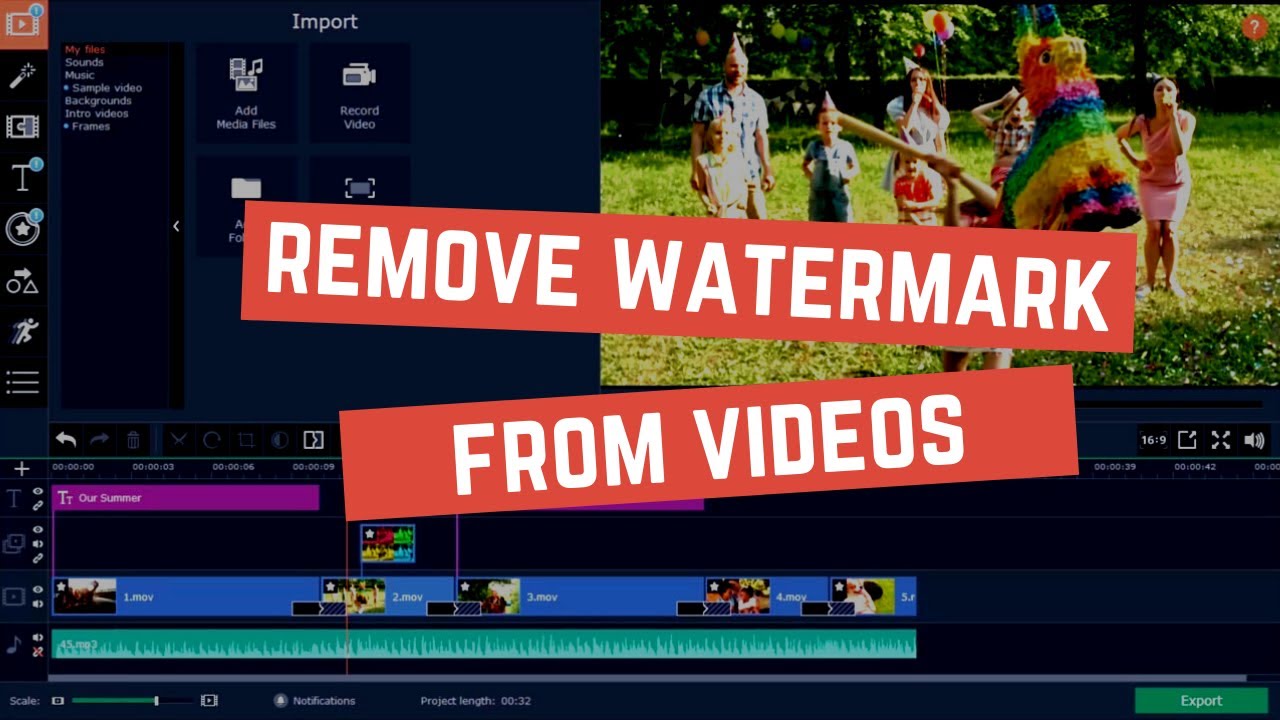The Evolution of Video Editing Software: A Look at the Latest Tools and Technologies
Video editing has come a long way since the days of splicing film strips together by hand. Today’s digital landscape offers an array of powerful tools and technologies for video editors to create professional-grade content with ease. From cutting-edge software to hardware advances, the evolution of video editing is constantly transforming the industry.
One of the most significant changes in video editing has been the move from analog to digital. With the rise of digital cameras and editing software, editors now have access to a vast array of tools and features that allow them to manipulate and enhance their footage in ways never before possible. This shift has led to a whole new generation of video editors who can work faster and more efficiently than ever before.
Another major development in video editing software has been the rise of cloud-based solutions. With cloud-based software, editors can work collaboratively from anywhere in the world, sharing footage and edits in real-time. This has revolutionized the way teams work together, allowing for more flexible and efficient workflows.
One of the most exciting advances in video editing software has been the integration of artificial intelligence (AI) technology. AI-powered tools can analyze and interpret footage, automatically detecting and correcting issues like color grading and audio levels. This not only speeds up the editing process but also helps ensure a consistent and polished final product.
Hardware has also played a significant role in the evolution of video editing. Advances in graphics cards, processors, and storage technology have allowed for faster rendering times and more complex visual effects. The rise of mobile devices has also led to a new wave of mobile video editing software, allowing creators to edit their content on-the-go.
The future of video editing looks promising, with continued advancements in technology promising to transform the industry even further. From AI-powered editing tools to virtual and augmented reality experiences, the possibilities are endless.
In conclusion, the evolution of video editing software and technology has revolutionized the industry, allowing for faster, more efficient workflows and a greater range of creative possibilities. As we continue to push the boundaries of what’s possible, the future of video editing looks bright.


